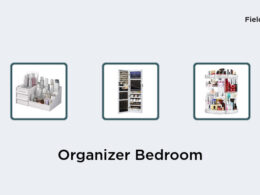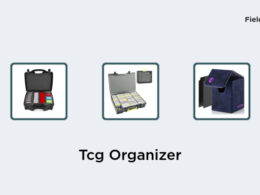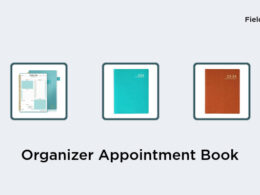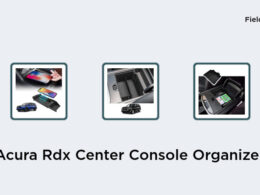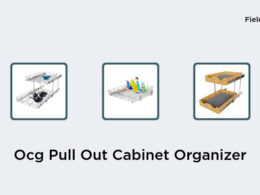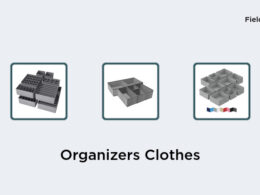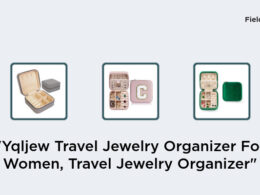Pegboard’s Insufficient Strength and Durability
Pegboard is a popular choice for organizing tools and equipment in garages, workspaces, and other areas. However, there are several disadvantages to using pegboard, one of which is insufficient strength and durability. While pegboard is designed to hold lightweight items, it is not suitable for heavier items. This can result in the pegboard becoming overloaded and eventually breaking.The Limitations of 1/8 Thickness in Pegboards
One of the factors that contribute to the insufficient strength and durability of pegboard is its limited thickness. Most pegboards are only 1/8 thick, which doesn’t hold a great deal of weight. This means that pegboard is not suitable for heavier tools or other items that require more support. The thinness of the material also increases the likelihood of the pegboard breaking or cracking over time. • Pegboard’s 1/8 thickness limits its weight capacity• Heavy tools or equipment could break the pegboard
The Weakness of Masonite Material Used in Pegboards
Another factor that contributes to the lack of strength and durability in pegboard is the material used to make it. Most pegboards are made from Masonite, which is a type of hardboard that is composed of compressed wood fibers. While Masonite is a relatively inexpensive material, it is not known for its strength or durability. Over time, the Masonite material tends to weaken and deteriorate, which can result in the pegboard becoming unstable and unable to hold weight. • Masonite materials are not known for their strength or durability• Over time, the material tends to weaken and deteriorate
Limited Options for Organizing with Pegboards
While pegboard is a versatile and convenient way to organize tools and equipment, there are some limitations to its use. One of the disadvantages is that there are limited options for organizing with pegboard. Since pegboard is designed to accommodate specific pegs, hooks, and other accessories, it can be challenging to create a unique or customized organizational system for your tools. • Limited options for customization and personalization• Can be difficult to create a unique organizational system with pegboard
Inability to Withstand Humid Conditions
Another issue with using pegboard is its inability to withstand humid conditions. Since pegboard is made of compressed wood fibers, it is susceptible to moisture damage, especially in humid environments. This can result in the pegs and other accessories becoming rusted and corroded, which can compromise their ability to hold tools securely. • Pegboard is not suitable for areas with high humidity levels• Moisture damage can compromise the integrity of the pegboard and accessories
Wear and Tear over Time with Pegboard Usage
Finally, one of the most significant disadvantages of using pegboard is its tendency to wear and tear over time with frequent usage. As tools and other items are removed and replaced on the pegboard, the material can become worn and damaged, which can eventually lead to stability issues and decreased weight capacity. While pegboard is a relatively inexpensive organizational solution, it may need to be replaced frequently to maintain its usefulness. • Frequent removal and replacement of tools can cause wear and tear on the pegboard• Pegboard may need to be replaced frequently to maintain its usefulness
In conclusion, while pegboard has many benefits as an organizational solution, there are several disadvantages to its use. The insufficient strength and durability of the material, limited customization options, and inability to withstand humid conditions can all make pegboard a less desirable option for organizing tools and equipment over the long term. It may be necessary to consider other options that are more durable and versatile for your organizational needs.







